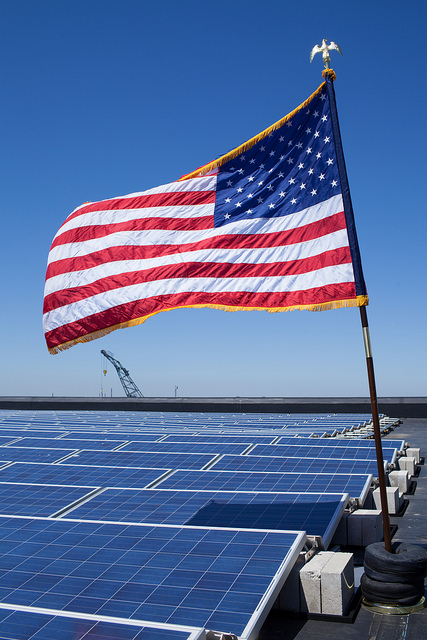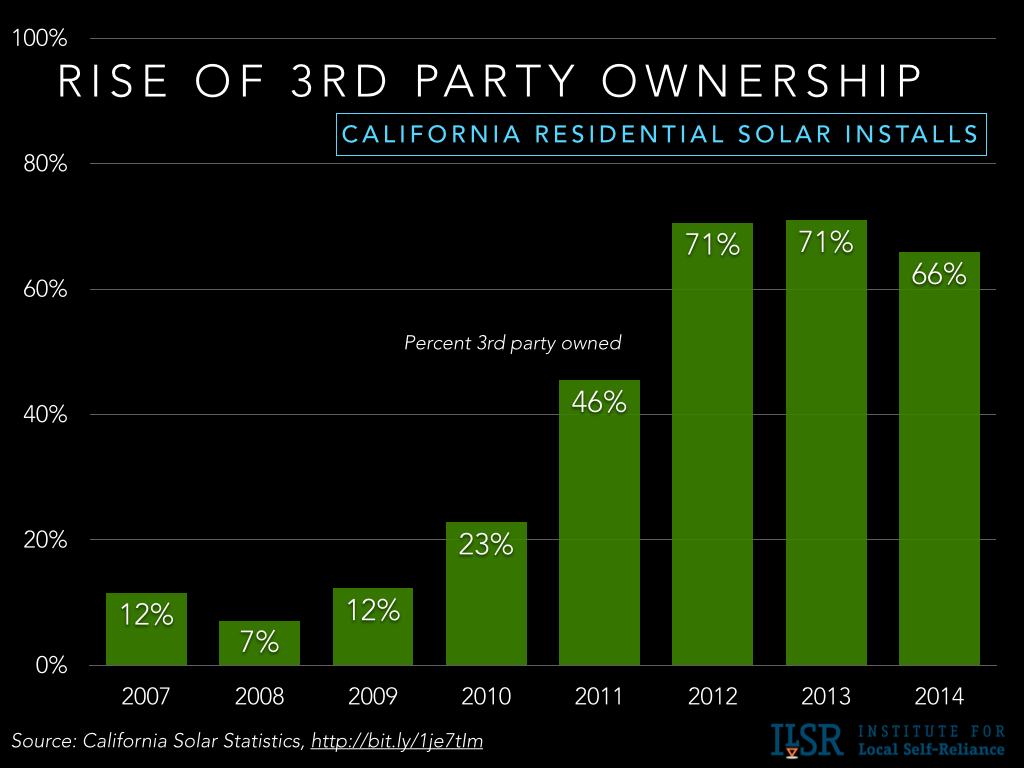Being from the Institute for Local Self-Reliance, I’m often asked, “You want everyone off-grid and independent with their own solar array and a battery, right?”
In a word, no.
But our mission of economic and energy self-reliance has several similarities to the kind of (economic) independence being sought by England’s American colonists in the 1770s and celebrated this week. And in the spirit of that overlap, I’d like to offer three ways Americans can celebrate their independence by increasing their energy and economic self-reliance.
Step 1: Do What You Can, Recruit Your Friends
The citizen “meter watchers” of SOUL Wisconsin find that modest changes can cut electricity consumption by 13% or more, saving $140 per year. They find that with some pretty low energy tasks like swapping out inefficient light bulbs, using power saving power strips and inexpensive light timers, or putting off-the-shelf foam insulation on hot water pipes, households can get high energy savings. Their energy tracking tool shows kilowatt-hours and dollars saved, and also greenhouse gas emissions avoided, from your energy conservation efforts.
If you like energy saving and reducing carbon emissions, chances are your friends will, too. Expand the impact (and savings) by recruiting your friends, your neighbors, your colleagues.
Step 2: Generate Your Own Energy
Even the best conservation practices can only do so much, and chances are you’re still sending a sizable sum to your utility company every month. If you’re one of the lucky 1 in 4 residents that owns a sunny rooftop, you can invest in solar power to reduce or eliminate your solar bill. Join your neighbors in a bulk purchase or finance a system with a crowd-funded loan.
Maybe you lack a sunny rooftop, but you’re in one of the few states with policy supporting community-based renewable energy. That local grocery store would be just the place for a solar array owned by you and your neighbors.
Step 3: Organize to Change the Rules
Unfortunately, somewhere between steps 1 and 2 most Americans will find that generating their own power often requires an exercise in political power. Your utility company may erect significant barriers, charge high fees, or pay pennies for energy from your own solar array. It may not allow community-based energy projects at all. It’s because they’re reluctant to see the inevitable, monumental shift in power generation – from large-scale fossil fuel power plants to decentralized renewable energy systems – result in a similarly monumental shift in ownership of the energy system, from them to you.
Some utilities will hide behind the spurious “technical limitations” of the electricity system or the purportedly low cost of their existing, dirty power plants. They’ll fight good policy like community solar, feed-in tariffs, incentives for clean energy, and net metering.*
And that’s why there’s something to be learned from the English colonists nearly 250 years ago. When your (East India) company is giving you a bad deal, it’s time to dump them.
Photo Credit: Deval Patrick
*Some utilities embrace the notion of self-reliance.





